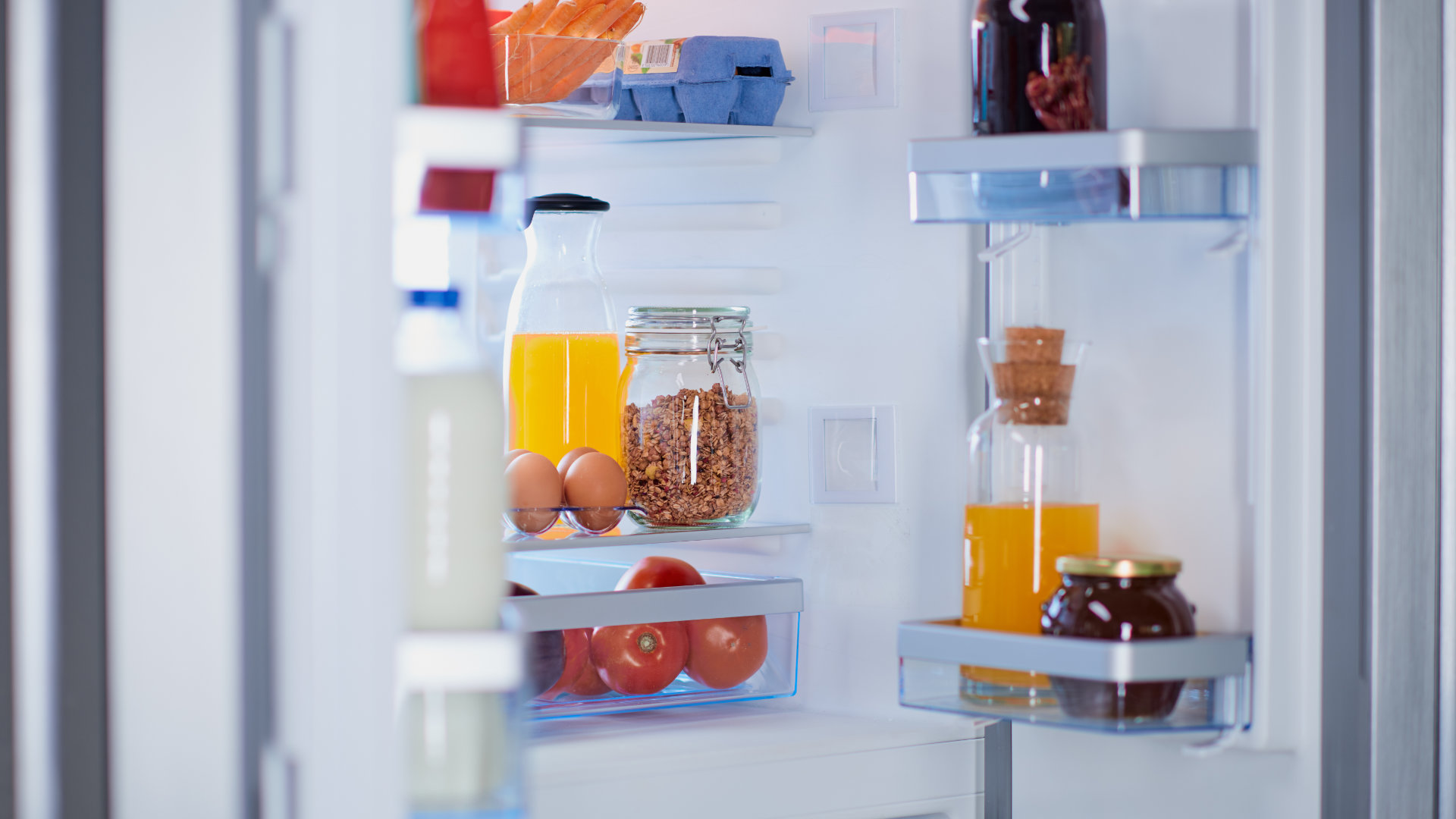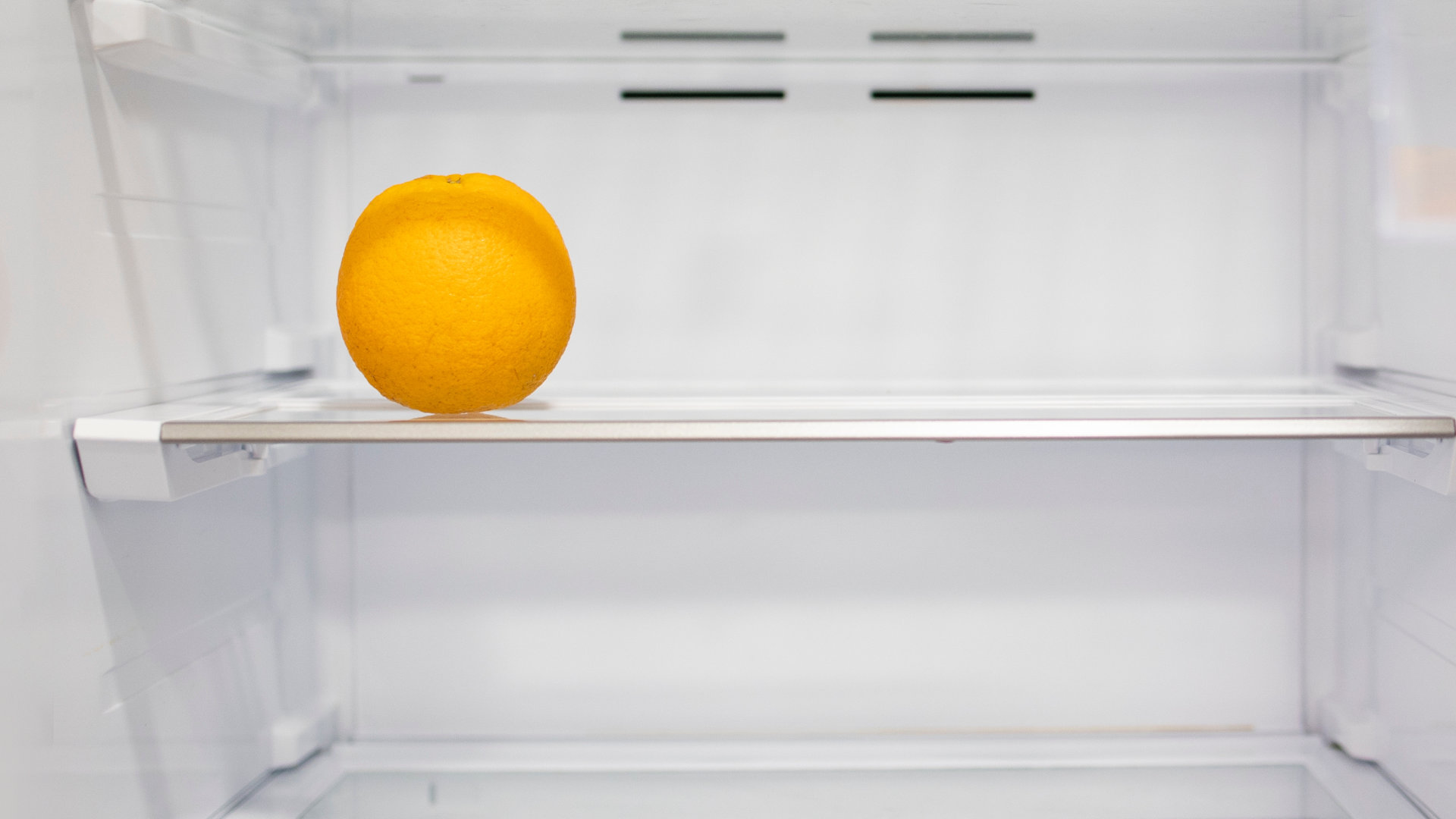
Bosch makes a wide range of refrigerators, with many of them coming with automated ice makers. If your Bosch refrigerator ice maker is not working, there is usually a relatively easy solution, such as defrosting the ice tube or replacing the water inlet valve. With this guide to help you, there is likely no need to call a trained technician, as you should be able to fix the problem yourself!
Remember to disconnect the power to the refrigerator if accessing electrical components.
Read on to troubleshoot your ice maker problem, starting from the easiest solutions to the more difficult ones.
This guide applies to most Bosch refrigerators, including the following models:
B22CS30SNS/01
B22CS30SNS/02
B22CS50SNS/01
B22CS50SNS/02
B22CS50SNS/03
B22CS50SNS/04
B22CS80SNS/01
B22CS80SNS/02
B22CS80SNS/03
B22CS80SNS/04
B26FT70SNS/01
B26FT70SNS/02
B26FT70SNS/04
B36ET71SNS/01
B36IT70NNP/01
1. Is the water on?
Before we go any further, verify that the water to the refrigerator is turned on and the water line is connected to the refrigerator. Also, note that if the refrigerator has been recently installed, it can take the ice maker 24 hours to begin to make ice.
2. Is the ice maker turned on?
Most ice makers have an On/Off switch, and with a lot of Bosch refrigerators, the switch is located in an area that is hard to find. Even if you are aware of where the ice maker On/Off switch is, checking it has not been turned off should be one of the first things you do to find out why your ice maker is not working.
If you are unsure where the On/Off switch is with your Bosch refrigerator, check inside the ice maker by removing the ice bucket. If you cannot see the switch, feel underneath the ice tray or bucket, as some models have the switch hidden away under one of those components.
Checking that removable ice maker components are put back correctly may also solve your ice maker problem.
3. Check the water filter
If your Bosch refrigerator has a removable water filter, the filter may need to be changed, or it may not have been installed correctly. The water filter should be changed every six months. If the filter is older than six months, it has likely become clogged, which restricts water flow, and may disable the ice maker.
Make sure to follow the filter installation instructions when installing a new filter. If the filter is not installed correctly, the ice maker will not work, or there could be air in the water line that prevents the ice maker from working correctly.
4. Check the freezer temperature
For the ice maker to work, the freezer temperature needs to be below 10 degrees Fahrenheit (-12 degrees Celsius), with the recommended temperature being between 0 and 5 degrees Fahrenheit (-18 to -15 degrees Celsius).
If the refrigerator and freezer are too warm, you may need to clean debris off the condenser coils at the base of the refrigerator or clear frost and ice buildup off the evaporator fan at the back of the freezer.
5. Is there air in the line?
If the refrigerator has been recently installed, or you have just replaced the water filter, there may be air in the water line. Dispense water for three minutes to clear the water line.
6. Is there ice buildup in the ice maker?
Sometimes an ice maker will not work because of ice buildup. Ice buildup could be in the ice bucket, dispenser chute, or around the ice maker housing. The water supply line may also be frozen, preventing water from getting to the ice maker. However, a frozen water line is rare and is often caused by low water pressure.
Ice buildup can be defrosted using a hot dishcloth, a hairdryer, a defrost tool, or the defrost function if your model has one.
If using a hairdryer to defrost ice, set it to a low heat to avoid damaging parts of the refrigerator, such as coils, wiring, or any plastic components. Another option is to purchase a frozen water line tool to clear a frozen water line without risking damage from the heat of a hairdryer.
7. Check the water pressure
The ice maker receives water through the water inlet valve. For the water inlet valve to work properly and supply water to the ice maker, it requires 20 to 120 psi.
To check the water pressure, remove the water inlet line from the back of the refrigerator, hold it over a bucket or container, and then turn the water on and check the flow. If water trickles out, you likely have a water pressure issue. The water pressure could also be tested with a water pressure gauge.
8. Check the water inlet valve
A defective or clogged water inlet valve is one of the more common causes of a defective ice maker. The valve is responsible for supplying water to the dispenser and ice maker. Over time, the water inlet valve can become clogged with mineral deposits and fail to open, which prevents the ice maker and water dispenser from working. If the water inlet valve is clogged, it will usually make an unusual humming sound as it struggles to open. Poor water pressure will also affect the water inlet valve.
The water inlet valve is usually located at the rear of the refrigerator, accessible through the rear access panel. If the water inlet valve is clogged, it should be replaced rather than attempting to fix it.
The water inlet valve can also fail electrically. A multimeter can be used to test the valve for continuity (a continuous electrical path). If the valve fails the continuity test, it will need to be replaced.
9. Is the door switch defective or disconnected?
Bosch refrigerators have a door switch that stops the ice maker from working when the refrigerator door is open. If the refrigerator has been recently installed, the door switch may have been disconnected during the installation process. A faulty door switch may stop the fridge from cooling or disable the light in the refrigerator.
Like the water inlet valve, the door switch can be tested with a multimeter for continuity to determine if it has failed and needs to be replaced. Access instructions for the door switch will depend on your particular model. Refer to the refrigerators service manual if you have trouble locating the door switch.
10. Other components to check
If the above solutions have failed to fix your ice maker, the following components, while less likely, could be causing the issue. If you are unfamiliar with refrigeration repair, it may be time to call a trained technician after all.
- Faulty dispenser switch
- Defective ice level control board
- Defective ice mold thermostat
- Faulty ice maker switch
- Defective ice maker module
- Damaged main control board

Eliminate the Burning Smell From Your Microwave

Fixing a Samsung Freezer That Won’t Freeze

Whirlpool Oven Won’t Heat: Here’s What To Do

Easy Steps to Clean Your Refrigerator Coils

Quick Fixes for an LG Dryer Not Heating

How to Fix an Electrolux Dryer That’s Not Drying

Why Is Your Whirlpool Washer Lock Light Flashing?

Why Is Your Freezer Door Not Sealing?

How Does a Ventless Dryer Work?

